5 Types of Metal Cutting Saws + Features & Applications
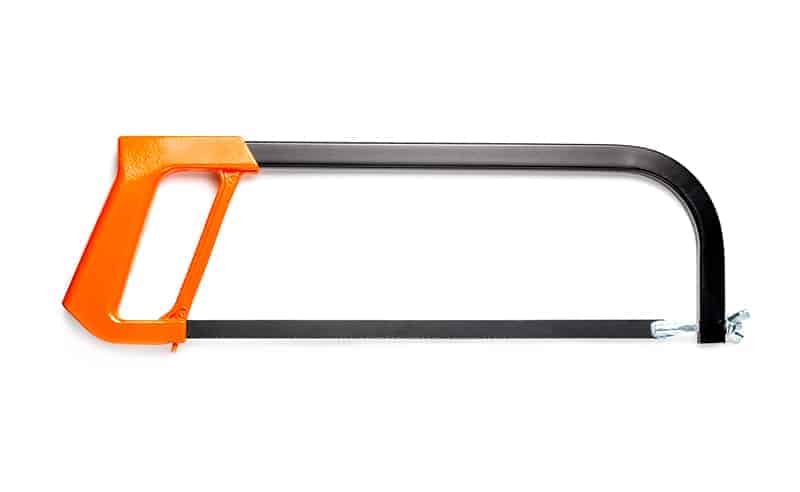

(adsbygoogle = window.adsbygoogle || []).push({});
Table of Contents
Metal cutting saws are essential tools in various industries, playing a vital role in shaping, manufacturing, and construction. These saws are designed to handle hard metals, ensuring precision and safety. With an array of options available, choosing the right one for your needs can be daunting. But, worry not! Linquip, your trusted industrial equipment platform, is here to guide you through the myriad of options.
TLDR:
Metal cutting saws are crucial in numerous industries. This article covers the different types of metal cutting saws: Circular Saw, Band Saw, Chop Saw, Reciprocating Saw, and Jig saw. Each has unique applications and features. When choosing a saw, consider the metal type, thickness, precision needed, and work volume. Linquip, a leading industrial equipment platform, provides detailed insights, expert advice, and user reviews about these tools. Safety is paramount when using these tools, and technological advancements, like laser guides and cordless technology, enhance usability and precision. Linquip also offers post-purchase support, helping with troubleshooting and providing genuine replacement parts. In conclusion, for comprehensive insights and support on metal cutting saws, Linquip is your go-to resource.
Types of Metal Cutting Saws
- Circular Saw
- Band Saw
- Chop Saw
- Reciprocating Saw
- Jig saw
Types of Metal Cutting Saws Table with Characteristics and Usage
| Type of Saw | Characteristic | Usage |
|---|---|---|
| Circular Saw | High-speed spinning blade, Portable | Used for straight cuts in various metals |
| Band Saw | A continuous band of toothed metal | Ideal for intricate shapes and curves |
| Chop Saw | Uses an abrasive disc, High-power | Suited for short-length cuts in metal |
| Reciprocating Saw | Push and pull blade action, Versatile | Cutting pipes, profiles, and demolition |
| Jig saw | Orbital blade movement, Precision Capabilities | Cutting irregular shapes and patterns |
Common Types of Metal Cutting Saws
Circular Saw
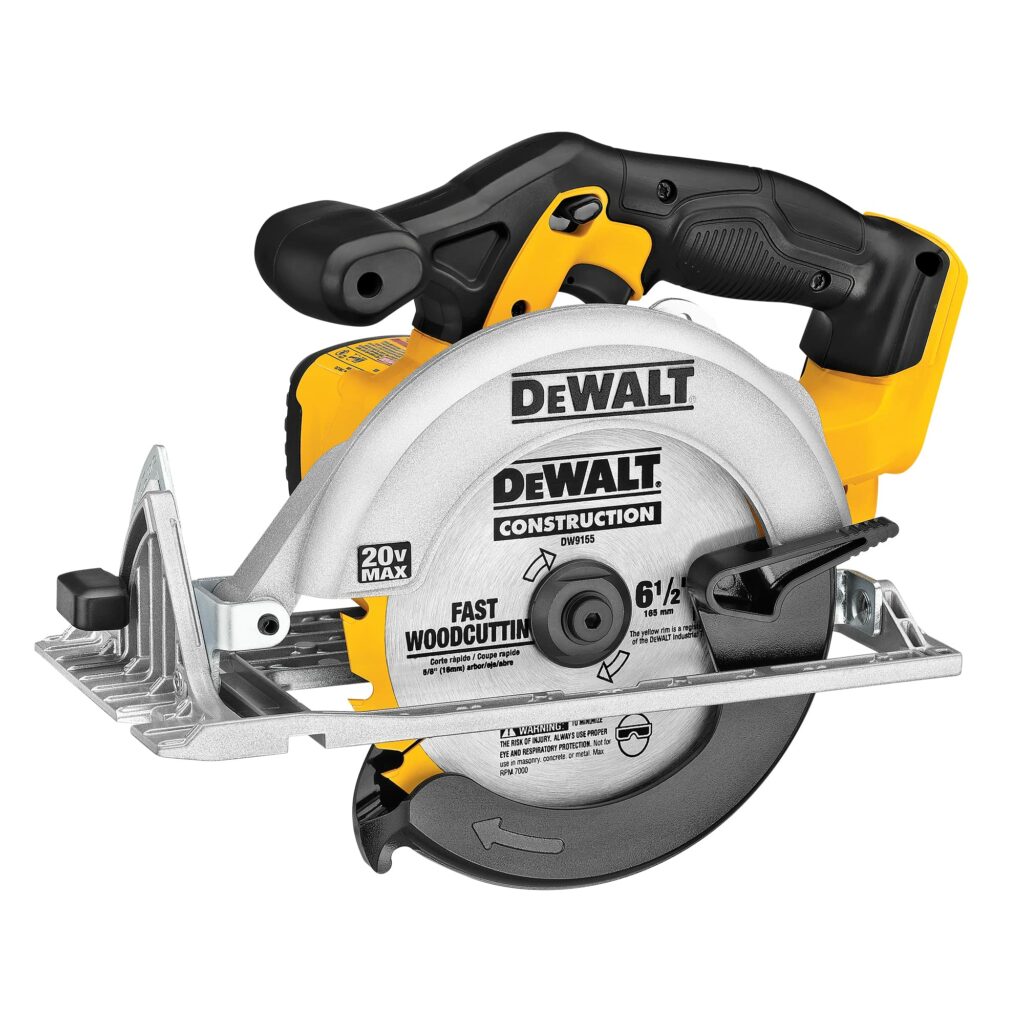

Application: Primarily used for straight cuts on various metals.
Features:
- High-speed spinning blade
- Portable and convenient for onsite tasks
Band Saw
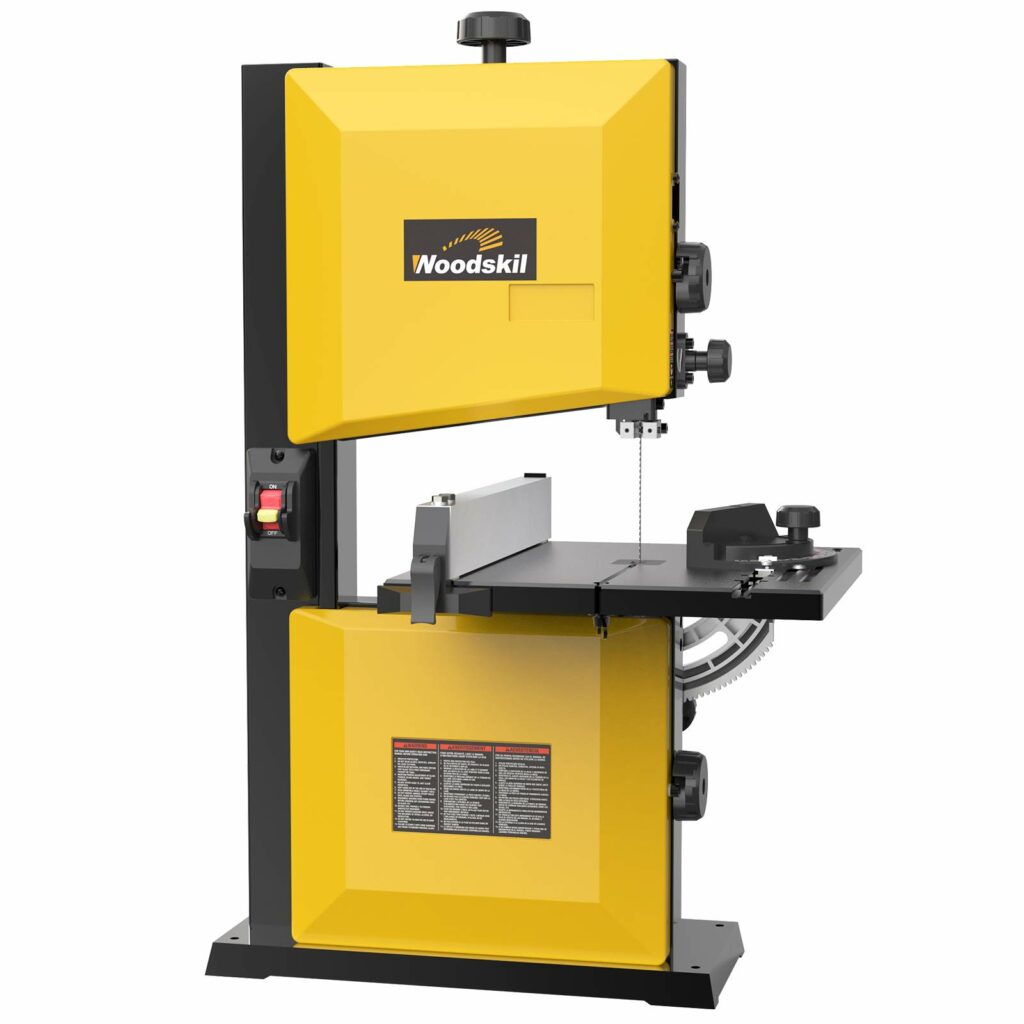

Application: Ideal for intricate shapes and curves.
Features:
- A continuous band of toothed metal
- Offers uniform cutting action
Chop Saw
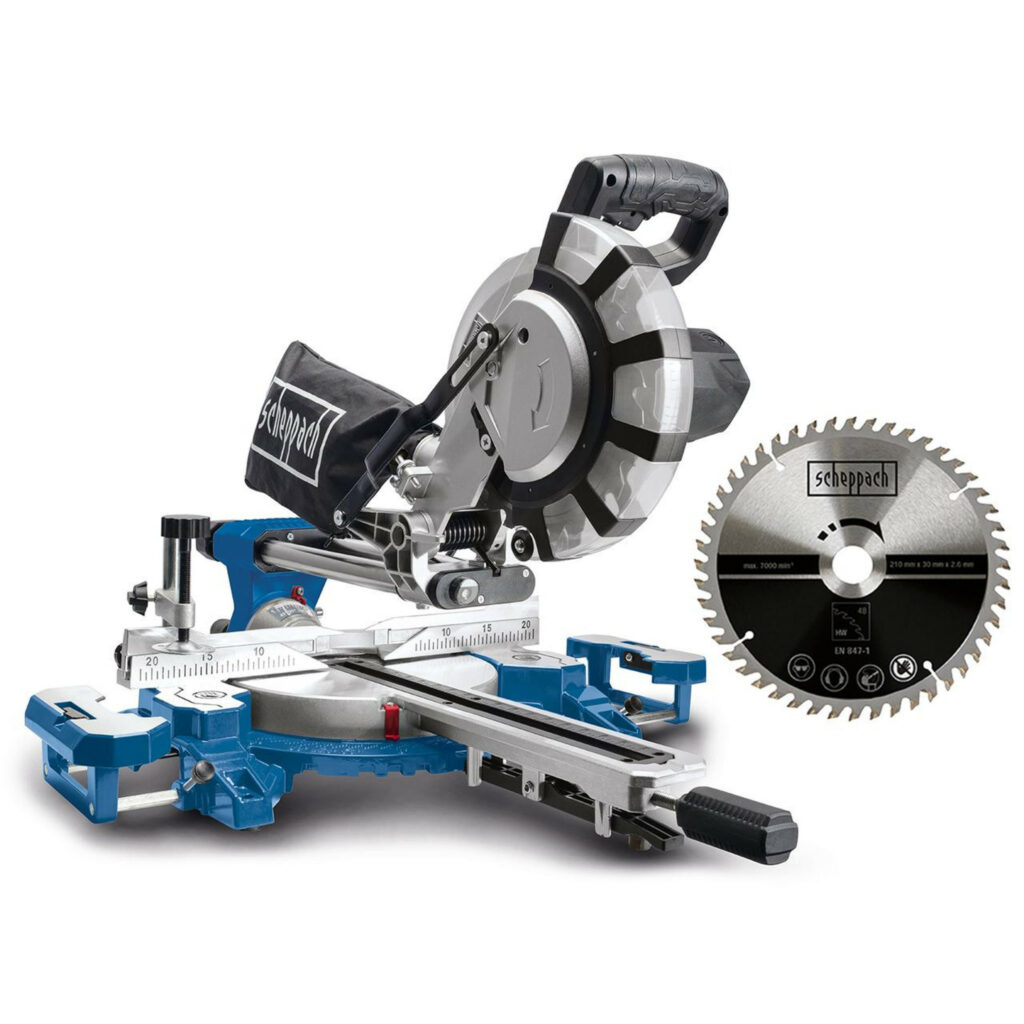

Application: Best for producing short-length cuts in metal.
Features:
- Abrasive disc cutting
- Perfect for large-volume tasks
Reciprocating Saw


Application: Suitable for cutting through pipes and profiles.
Features:
- Push and pull blade movement
- Versatility in a range of materials
Jig saw
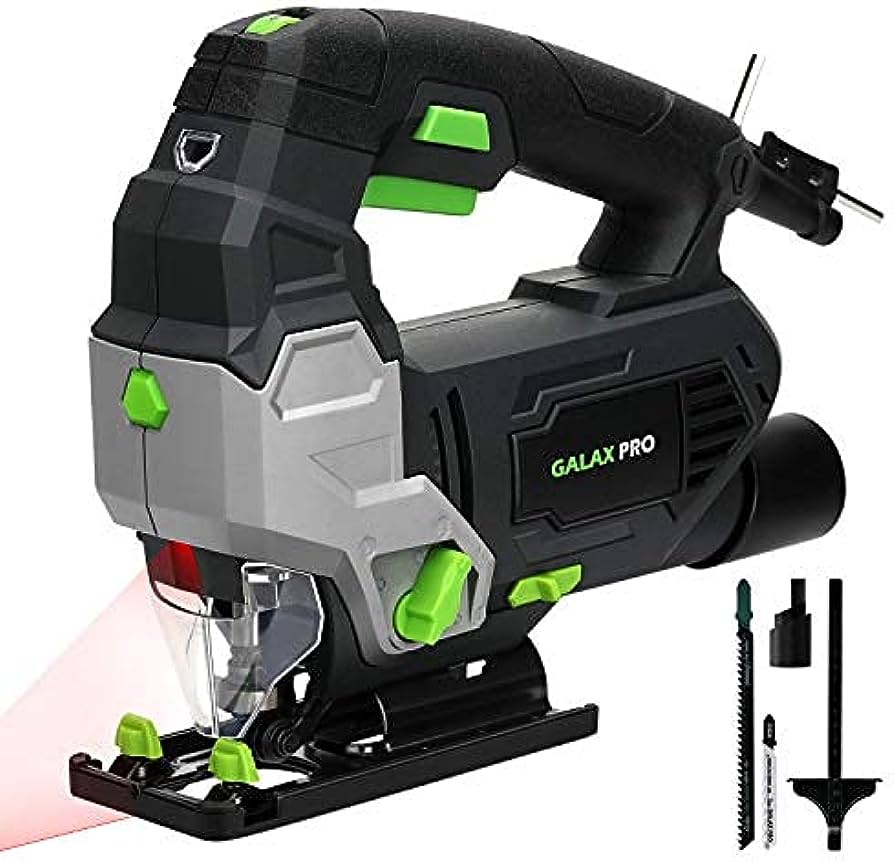

Application: Best for irregular shapes and patterns.
Features:
- Orbital blade movement
- Offers precision in detailed work
Factors to Consider when Choosing a Metal Cutting Saw
Selecting the right saw depends on various parameters:
Type of Metal:
- Aluminum requires different saws compared to steel or copper.
Thickness of the Metal:
- Thicker metals may need more powerful saws.
Precision Needed:
- For detailed designs, jig saws are more suitable.
Volume of Work:
- Bulk tasks may require chop or band saws.
Why Linquip is Your Go-to Source for Metal Cutting Saws
Linquip stands out as the premier platform for industrial equipment insights and selections. Here’s why:
- Comprehensive Listings: From the basics to the latest innovations in metal cutting saws, Linquip has it all.
- Expert Advice: Get guidance from industry experts to make informed decisions.
- User Reviews: Learn from other users’ experiences and insights on different metal cutting saws.
- Easy Navigation: Find exactly what you’re looking for with our user-friendly interface.
Deeper Dive: Advantages of Each Saw Type
Circular Saw
- Swift Operations: High-speed blades ensure quick cuts.
- Portable: Its lightweight nature makes it easy to transport.
- Versatility: Can be used on a variety of metals with appropriate blades.
Band Saw
- Less Waste: Produces minimal kerf compared to other saws.
- Uniform Cuts: Continuous loop provides consistent cutting force.
- Safe Operations: Reduced chances of kickbacks or mishaps.
Chop Saw
- High Power: Can tackle thicker metals with ease.
- Efficiency: Ideal for large batches and repetitive cuts.
- Clean Cuts: Provides clean and burr-free finishes.
Reciprocating Saw
- Access: Capable of reaching tight and confined spaces.
- Adaptable: With varied blade options, it’s suitable for multiple applications.
- Easy Blade Change: Most models offer tool-free blade changes.
Jig saw
- Precision: Delivers intricate and detailed cuts.
- User-Friendly: Ideal for beginners due to its straightforward operation.
- Compact: Handy for tasks with limited workspace.
Maintenance Tips for Metal Cutting Saws
To prolong the lifespan of your saw and ensure safety:
- Regular Inspection: Check for blade sharpness and structural integrity.
- Lubrication: Ensure moving parts are well-lubricated.
- Dust & Debris: Regularly clean to prevent buildup which can affect performance.
- Professional Servicing: Consider annual servicing for optimal performance.
Linquip’s Commitment to Quality and Innovation
At Linquip, we don’t just list equipment. We aim for:
- Continuous Updates: Our platform is constantly updated with the latest in the industry.
- Quality Assurance: We list only trusted brands and models.
- Community Engagement: We encourage discussions, feedback, and knowledge sharing.
Safety Precautions While Using Metal Cutting Saws
Every saw, irrespective of its design or purpose, demands certain safety measures to prevent accidents.
Proper Gear
- Eye Protection: Always wear safety goggles to protect against flying debris.
- Ear Protection: Muffling loud noises with earplugs can protect your hearing.
- Dust Masks: To prevent inhalation of harmful dust or debris.
Workspace
- Clutter-Free: Ensure the working area is tidy and free of obstructions.
- Stable Surface: Always operate on a sturdy, flat surface.
- Good Lighting: Proper illumination reduces the risk of mistakes.
Tool Handling
- Inspect Before Use: Always check the saw for damages before using.
- Secure Materials: Always clamp down materials securely before cutting.
- Avoid Bypassing Safety Features: Never remove or bypass any built-in safety mechanisms.
Technological Advancements in Metal Cutting Saws
The world of metal cutting saws isn’t static; it evolves with technology.
Laser Guides
- Enhances accuracy by projecting a clear line of cut.
- Reduces chances of mistakes and material wastage.
Digital Measurements
- Digital screens provide precise measurements.
- Allows for more exact cuts and less waste.
Cordless Technology
- Battery-operated saws offer portability and flexibility.
- Reduces the hazards associated with trailing cords.
How Linquip Helps in After-Sales Services
Purchasing the tool is only half the journey. Linquip prides itself in offering continued support:
Expert Assistance
- Troubleshoot common problems with the help of professionals.
- Access to repair and maintenance guides.
Replacement Parts
- Easy navigation to find and order replacement parts.
- Assured genuine parts that ensure longevity.
User Community
- Engage with a community of users.
- Share experiences, learn tips and tricks, and get advice.
Conclusion
Metal cutting saws, with their myriad types and applications, form the backbone of many industries. The sheer diversity, combined with rapid technological advancements, emphasizes the importance of platforms like Linquip. Here, not only do you get a comprehensive understanding of these tools, but you also receive unparalleled after-sales support. As the realm of metal cutting saws expands, trust Linquip to be your constant guide and companion.
Download PDF for Types of Metal Cutting Saws
You can download the PDF format of this post from the link provided here.
Buy Equipment or Ask for a Service
By using Linquip RFQ Service, you can expect to receive quotations from various suppliers across multiple industries and regions.
Click Here to Request a Quotation From Suppliers and Service Providers
Read More on Linquip
- Different 15 Types of Hand Saws: Clear Guide
- 4 Types of Miter Saws + Features & Usages
- 12 Types of Electric Saws: Clear Guide
- 4 Types of Chop Saws + Applications & Characteristics
- 10 Types of Circular Saws + Characteristics & Usages
- 19 Types of Saws + Characteristic & Usage
- The 8 Best Hand Saw
- The 10 Best Electric Chainsaw + Buying Guide
- The 10 Best Miter Saw + Guide Select
- The 10 Best Chain Saw Sharpener
- 8 Types of Hole Saws & Their Applications
- 4 Types of Jigsaw + Pros & Cons
- The 7 Best Jigsaw in + Buying Guide
- The 7 Best Portable Band Saws + Tips for Choosing
- The 10 Best Circular Saws in the USA
- 10 Types of Wire Strippers + Table with Characteristics and Usage
- 7 Types of Cutting Tools + Features, Applications & Examples
- 6 Types of Cutting Fluids + Characteristics & Applications
- 8 Types of Spacers + Characteristics and Usage Table
- 20 Types of Cutters and Their Characteristics & Usages
- 8 Types of Impact Sockets + Their Characteristics
- 8 Types of Hand Scrapers with Characteristics Table
- 8 Types of Bandsaws + Their Usage & Characteristic
- 9 Types of Roller Conveyors + Usage & Advantages
- 8 Types of Benders + Key Features & Applications
- 5 Types of Toggle Clamps with Applications & Characteristics
